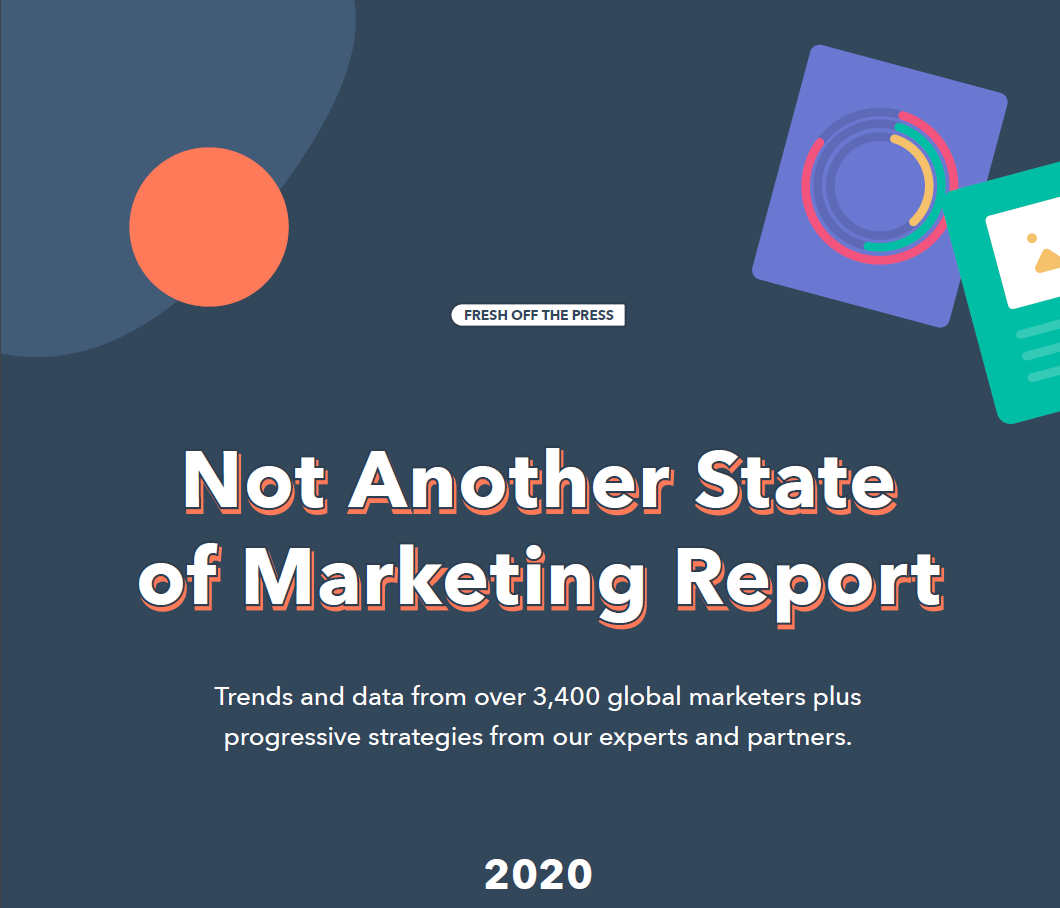
Camilla Hallstrom blogs on Influence With Content, where she helps entrepreneurs turn site visitors into raving fans and loyal customers with content and copy. We recently sat down with Camilla to hear her thoughts on content marketing, time management, and other topics which are relevant to entrepreneurs who are trying to succeed in a crowded online marketplace.
Tell us a bit about your background. Why did you decide to start a blog?
I'm a freelance copywriter and content marketer based in Berlin, Germany. My first blog was a productivity blog; and while I loved sharing advice on productivity and growing the blog, I wanted to focus on something that was more aligned with my day-to-day business. So, I started Influence With Content, where I help entrepreneurs with things like customer psychology and converting customers. I still share advice on productivity, but it's more tailored to fit entrepreneurs and their busy (and sometimes overwhelming) lives.
When it comes to time management, what are most people doing wrong that causes them to work less efficiently?
Most people choose short-term gains and pleasure instead of planning ahead. For example, lots of people don't understand exactly how important things like nutrition, sleep, and exercise are for productivity. They opt to work late one night, even though this can take a toll on their productivity the next day or even the rest of the week. Having routines (a set time when you go to sleep and wake up, exercise, and eat) are key to being productive in your daily life.
Since you focus on science-based advice, could you share a discovery that you found in your research that might surprise some people?
There are several studies which show exactly how bad multitasking is for you. For example, there's a study by the University of London that shows that people who multitask suffer a fall in IQ that's twice as big as the decrease for people who smoke marijuana. You should only focus on one thing at a time; yet,a lot of people choose to spread their focus on several things at the same time.
On your blog, you say that "procrastination can be a good thing." Can you give us an example of when this is true?
Procrastination has sometimes been linked to things like creativity. That's "good procrastination." But then there's "bad procrastination," which keeps you from doing your work. And "good procrastination" can go too far if you wait until the last minute to complete a task, since you're no longer creative and coming up with alternative solutions to get the task done. Instead, you implement the easiest idea and do it in a hurry.
Why do you choose to offer PDFs of certain blog posts to your readers in exchange for their email addresses? What additional value does this provide to them?
Sharing something that's relevant to a certain blog post is called a content upgrade; subscribers give their e-mail addresses and in exchange, they get something that makes the blog post even more valuable to them. This could be a checklist or additional tips, but as you point out, I've sometimes offered the blog post as a PDF. The reason is simple; people are busy and they might be in a hurry when they come across my blog posts, which are fairly long (most of them are well over 2000 words). Yet, they feel that the content is helping them and they want to check it out later. Having the blog post as a PDF in their email inbox makes it so much easier to come back to than having to remember the name of the blog and/or save the URL for later.
Since you offer a number of insightful, relevant guides and resources to people who share their email address with you, could you tell us how successful this campaign has been?
Including content upgrades and other bonuses is by far the most effective way to build an email list. The key is to keep your bonus as relevant and easy to implement as possible if you want people to share their e-mail addresses with you. The signup rate differs for every type of bonus because it depends on whether site visitors see the offer as an exit popup, content upgrade after having read a blog post, and so forth. In my experience, exit popups and content upgrades are the most effective types of bonuses.
How do you go about integrating the content of your blog posts with your Twitter and other social media posts and vice-versa?
I usually make visuals that fit the biggest social media platforms (especially Twitter, Facebook, and LinkedIn). That way, an image that's the right size for those platforms is automatically generated when people share the post. Personally, I use Buffer to tweet out my posts, and I create custom visuals for Pinterest before I share the post there.
Name one thing that people can to TODAY to improve their focus while working.
Besides giving up on multitasking, which I talked more about earlier, something that has helped me become much more focused is to write down my goals and remind myself WHY I'm doing something whenever I notice that my focus is drifting. Even if the task itself is boring, I remind myself that I need to complete it on time because it'll help me build my business or achieve whatever goal I've laid out for myself. Sometimes, it's appropriate to take a short pause and come back to your task after having taken a walk or done something else!
Need help with leveraging social media to improve your inbound marketing? Contact us today to see how we can help.

